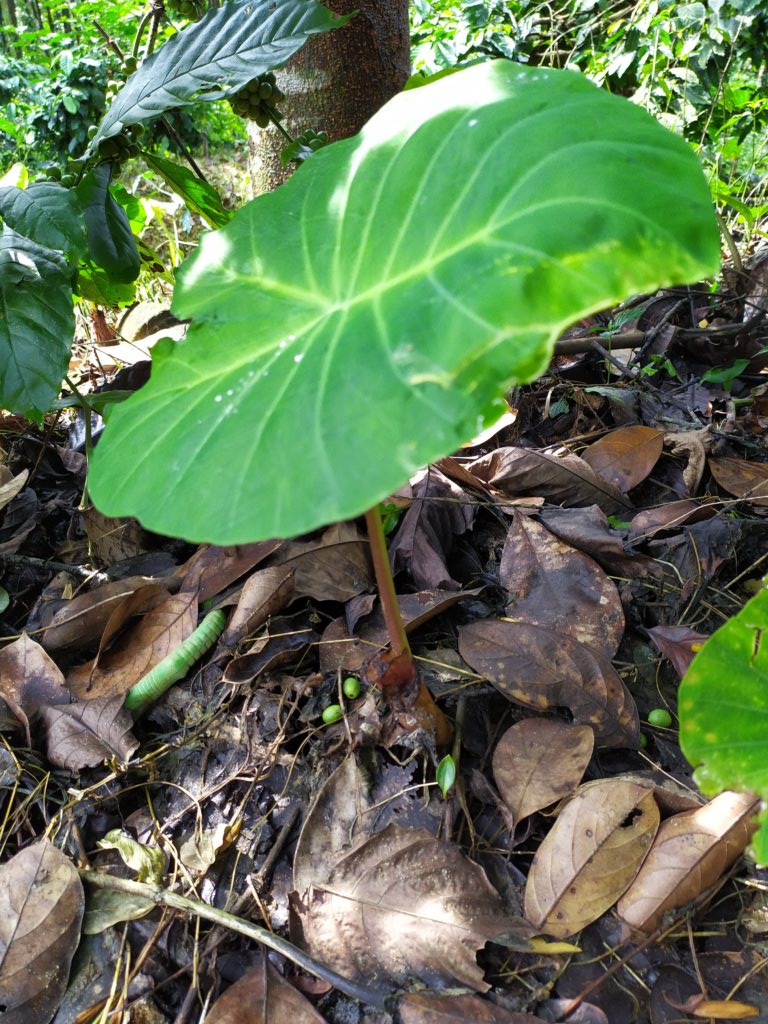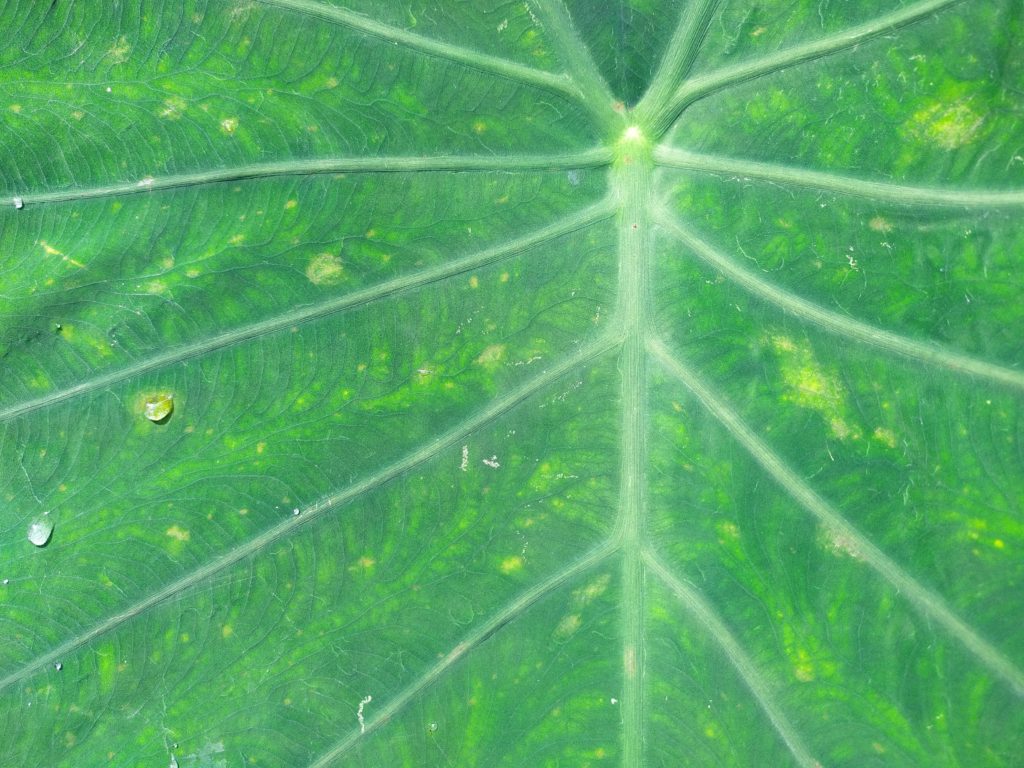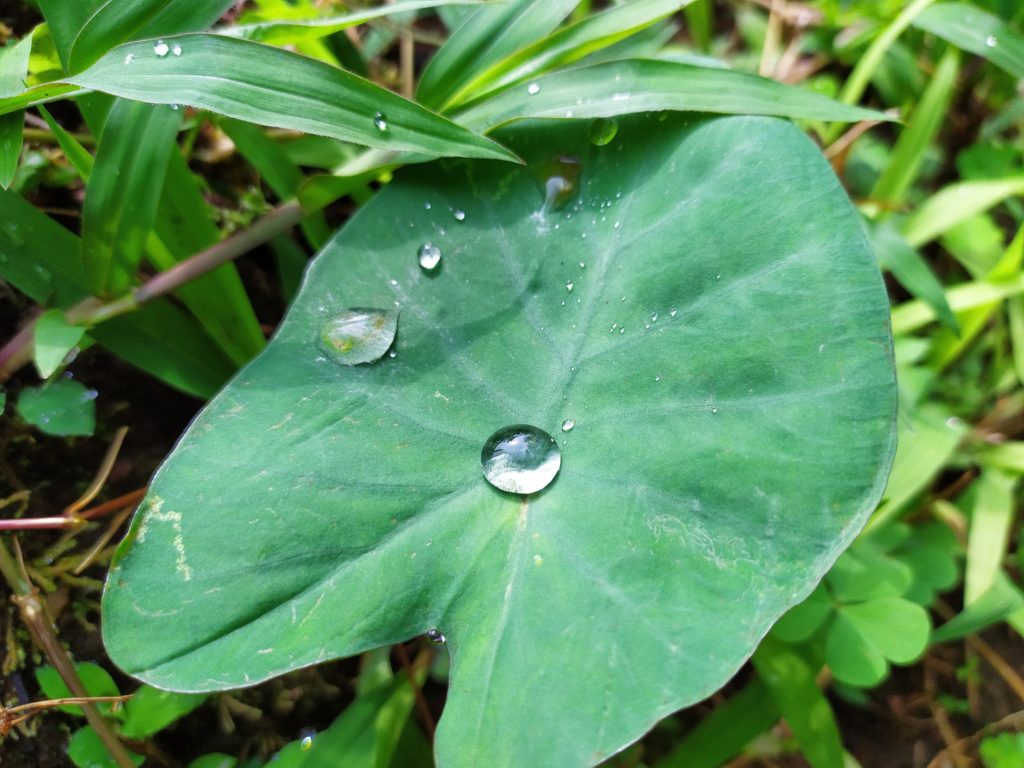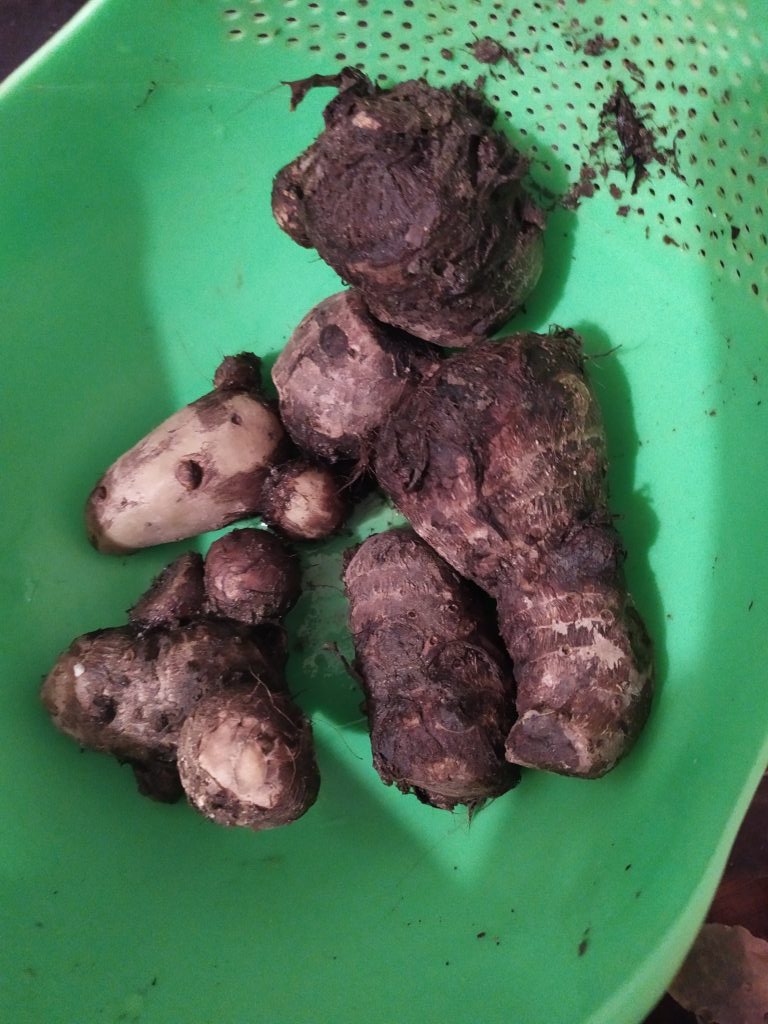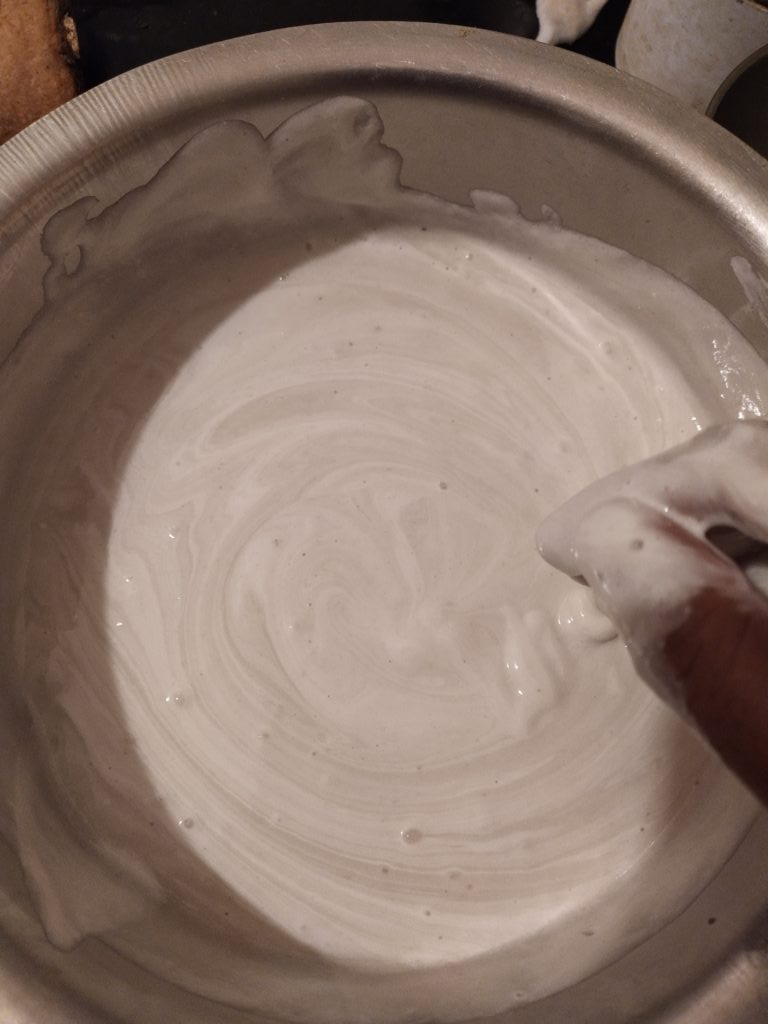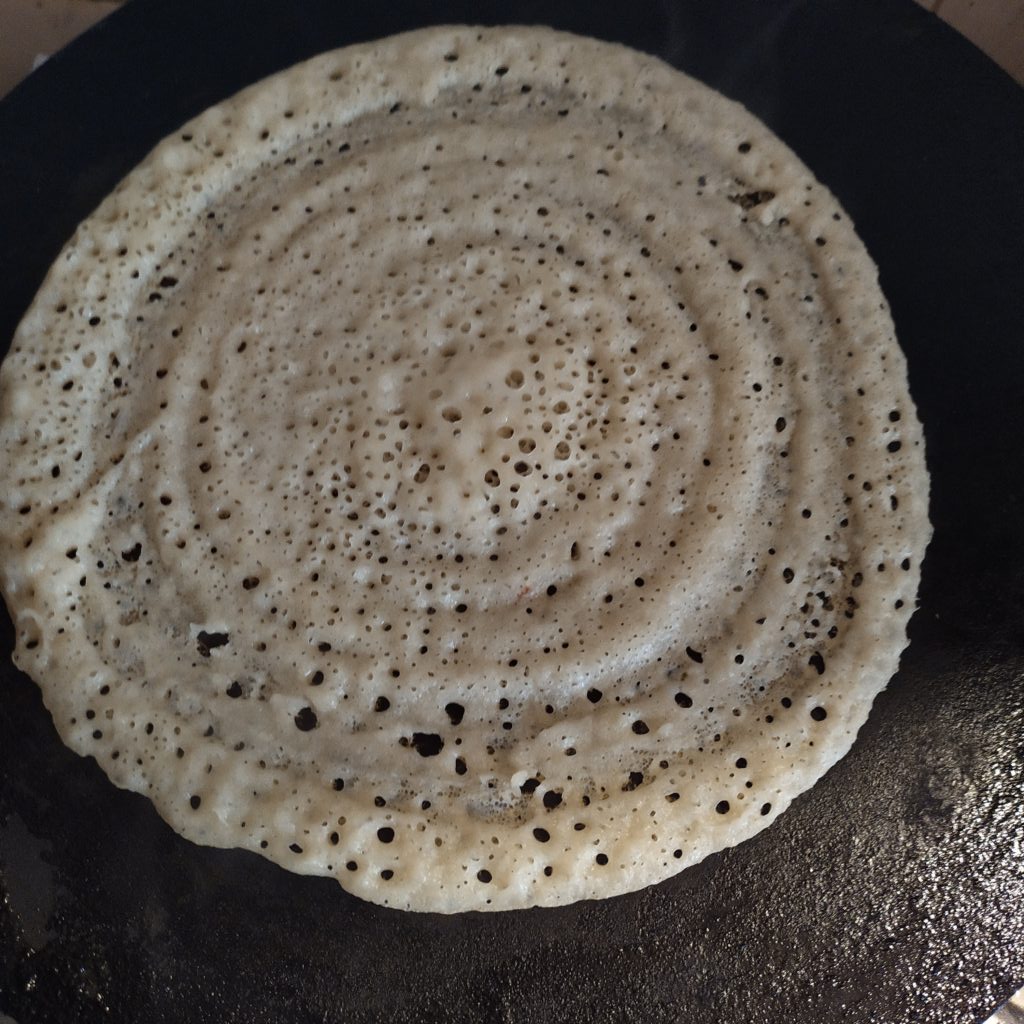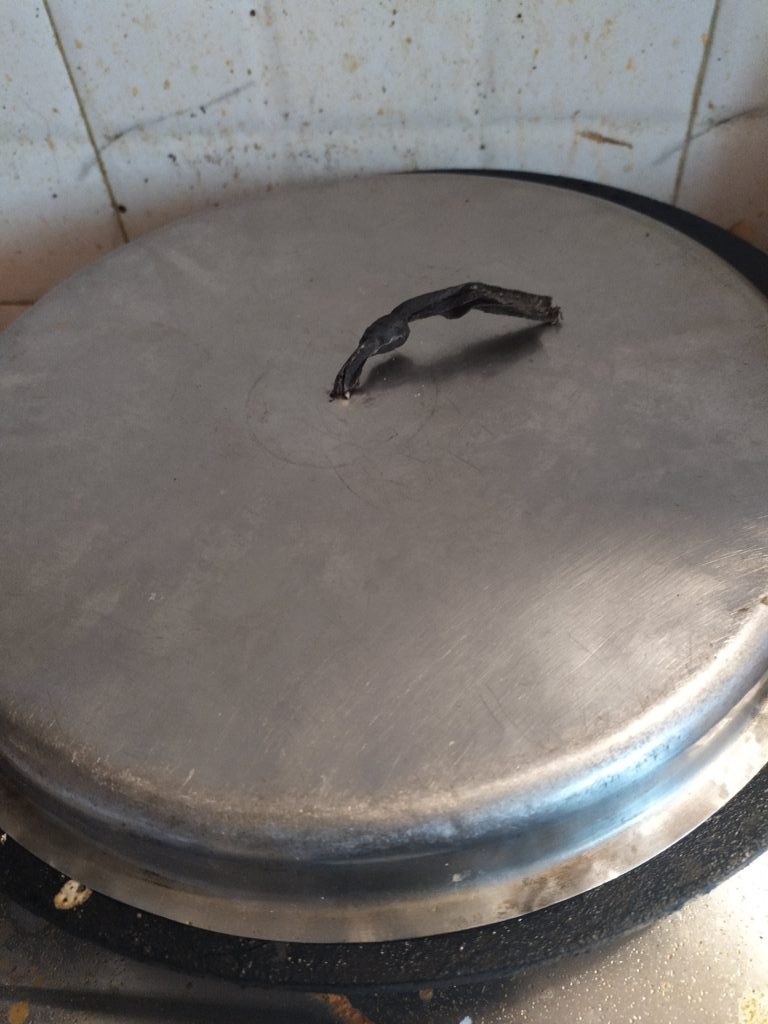Who hasn’t heard of dosa?
It is probably the most common favorite dish across the country.

But what is the history of dosa?
The Wikipedia entry says
Dosas are indigenous to South India; their exact birthplace in that region is a matter of conjecture. [1] According to historian P. Thankappan Nair, dosa originated in the Udupi town of present-day Karnataka.[2] According to food historian K. T. Achaya, dosa (as dosai) was already in use in the ancient Tamil country around the 1st century AD, as per references in the Sangam literature.[3]
In popular tradition, the origin of the dosa is linked to Udupi, probably because of the dish’s association with the Udupi restaurants.[1] Also, the original Tamil dosa was softer and thicker. The thinner and crispier version of dosa was first made in present-day Karnataka.[4] A recipe for dosa (as dosaka) can be found in Manasollasa, a 12th-century Sanskrit encyclopedia compiled by Someshvara III, who ruled from present-day Karnataka.[5]
After the Independence of India, South Indian cuisine became gradually popular in the North. In Delhi the Madras Hotel[6] in Connaught Place became a landmark that was one of the first restaurants to serve South Indian cuisine.[7] It arrived in Mumbai with the Udupi restaurants in the 1930s.[8] K. Krishna Rao, who ran Old Woodlands in Chennai during the early 1940s, is sometimes regarded to be the originator of the masala dosa in its modern form
Yes, this could be true but here is another interesting thing.
The critical ingredient of the dosa is lentil or urad dal since the beginning lentil is always an expensive pulse and not everyone could afford it. So the dosa wasn’t a universal dish across all the sections of the society or wasn’t it? Or was there any alternative to lentil? Or was lentil a substitute to something much older?
This question arises because the tribal people of the present Sringeri region have a different and much tastier recipe and it is pretty unique and unheard of. Here the main ingredient is the colocasia root!
The colocasia
I should say a little more about this colocasia. It is native to this subcontinent and popularly called as arbi or arvi. Its distinct broad leaves are quite known across all the cultures. What is the more interesting thing is its taste. A raw colocasia is like poison ivy. You cannot eat it!. We should be extremely thankful to that one man/woman who discovered the way to make it edible! And it is boiling/steaming. Probably this is one of the smartest inventions in human evolution.
The colocasia leaves are hydrophobic, which means they repel water. The water droplet will behave like mercury on your palm.
The colocasia dosa!
That’s a bit about colocasia. Let’s come back to our colocasia dosa. The recipe is very simple. All you need is some arbi roots (8-12 pieces) and 2 cups of rice. Soak the rice in water for a couple of hours. Meanwhile, steam/boil the arbi roots for 15 minutes, let it cool for some time. Once it is cooled, just peel the skin. Grind the boiled roots into a fine batter along with the soaked rice. This arbi-rice batter needs to be fermented overnight. No need for yeast or soda. The batter ferments by itself. Prepare the batter in the previous night. Your dosa batter is ready by the next morning. Add salt as according to your taste.
Use this batter to prepare the dosa. Traditionally these are steamed dosas. Means after pouring the batter on the Tawa, a lid is placed on it. You can make it without the lid too. Enjoy the dosa with coconut chutney or green chilly chutney or yesterdays chicken curry or with ghee. Basically anything is fine.
It started with tribal groups, today this is a delicacy among the people of Malnad.

